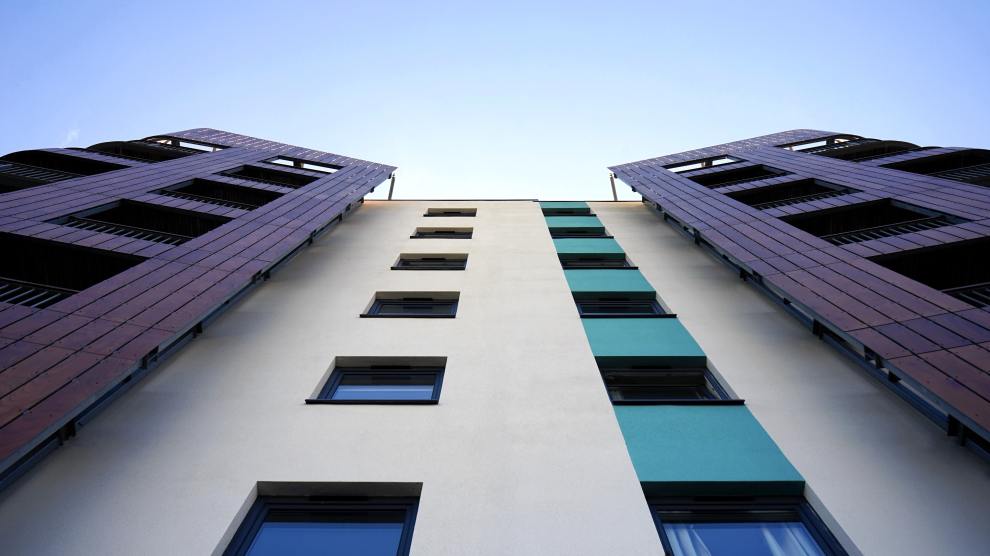Fannie Mae and Freddie Mac will have volume allocations increased by about 10% in 2022, while the focus on affordable housing and green loans will be maintained.
Each of the government-sponsored enterprises (GSEs) will have a cap of $78 billion in 2022, up from $70 billion in 2021, according to an announcement made by the Federal Housing Finance Agency. The caps had been as high as $80 billion before they were cut back for 2020.
The FHFA did maintain the requirement that 50% of the GSEs’ production must be for “mission-driven” loans on properties that serve low- and middle-income tenants or retrofits to improve energy efficiency.
The changes reflect the goals of new leadership. The Biden administration in June replaced Trump administration holdover Mark Calabria, appointing Sandra Thompson, previously FHFA’s deputy director of housing mission and goals, as acting director. The GSEs will maintain a strong presence in the multifamily lending market, but with an ongoing focus on affordability and energy savings.
The definition of mission-driven loans has changed somewhat. According to the CRE Finance Council:
- Loans on affordable units in cost-burdened renter markets can qualify if rents are affordable at 100% AMI and 120% AMI (cost-burdened and very cost-burdened). Previously, an 80% threshold was used across the board.
- Loans to finance energy or water efficiency improvements can qualify as mission-driven if affordability and energy/water reduction metrics are satisfied. The GSEs’ various green programs can qualify under the new definition.
- The general 80% AMI affordability floor was removed for the “targeted affordable housing” definition, and case-by-case inclusion is allowed when loans do not meet the exact criteria outlined in that definition.
“The focus on mission-driven will be quite high, but the definition covers a lot of things that all seem to have high social value, not all of which will be classic affordable, such as lending in certain geographies where the populace is cost-burdened,” one industry analyst said about the changes. “If some of it doesn’t work as anticipated, I would expect the FHFA to revise it.”
With property fundamentals soaring, lenders are eager to originate loans on multifamily properties. The GSEs securitized $101 billion year-to-date through the first three quarters, and the demand for short-term debt on multifamily properties has pushed the collateralized loan market to an all-time volume high. CLO issuers have floated $32 billion of paper year-to-date, with $22.5 billion of that backed by multifamily loans, according to “Commercial Mortgage Alert.”











Add Comment